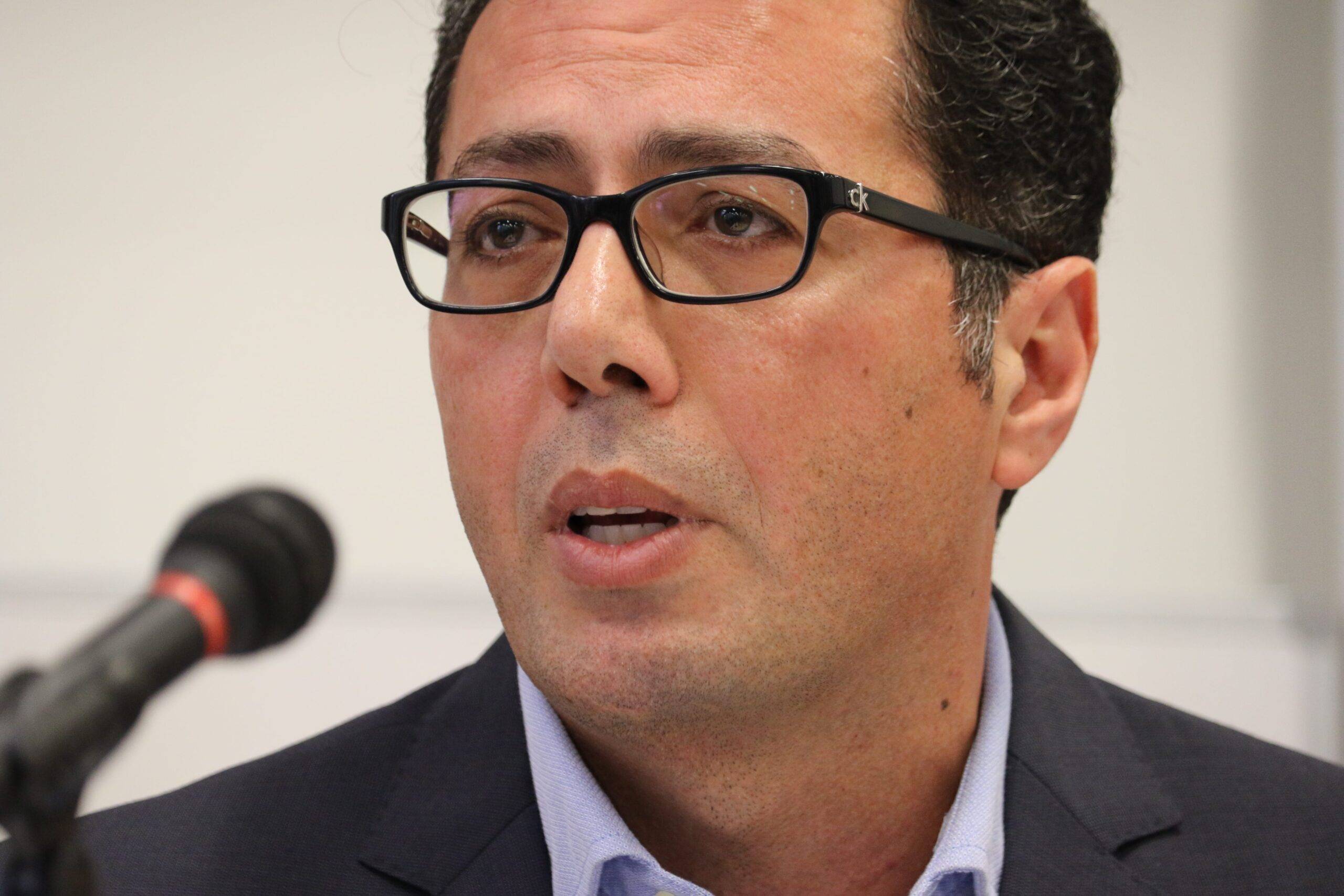“Everything Palestinian in Jerusalem is targeted by Israeli occupation,” said Palestinian Archbishop of Jerusalem’s Greek Orthodox Church, Atallah Hanna, on 29 January during a meeting with a delegation from the medical aid organisation Doctors without Borders.
“The Islamic and Christian holy sites and endowments are targeted in order to change our city, hide its identity and marginalising our Arabic and Palestinian existence,” the archbishop added.
Hanna, who has been at the forefront of the Palestinian Muslim and Christian struggle against Israel’s Judaisation schemes, is, of course, correct in his assertion that Jerusalem is targeted. But the truth is that there is a systematic campaign to strip not just the holy city of its Palestinian character, but also the whole of Palestine.
A few days after the Palestinian Christian leader made his comments, Israeli authorities carried out excavations in the historic Al-Bahr Mosque in the city of Tiberias, on the western shores of the Sea of Galilee. In its place, Israel aims to establish a museum, a practice it has used many times in the past in order to erase historic symbols of Palestinian existence.
Israel’s disregard for the historical rights of Palestinians is deeply rooted in Zionist ideology. Indeed, from the very start, Zionist ideologues promoted the idea that Palestine was a place bereft of culture or heritage – an arid desert, waiting for Zionist pioneers to make it “bloom”.
READ: On the Judaisation of education in Jerusalem
For those claims to acquire a degree of plausibility and for the myth of Palestine as “a land without a people for a people without a land” to be solidified, the Zionist movement needed to erase the very existence of the Palestinian people.
After the establishment of the Israeli state, its leaders never made it a secret that this is indeed their intention. “It is not as though there was a Palestinian people in Palestine considering itself as Palestinian people and we came and threw them out and took their country away from them. They did not exist,” Israeli Prime Minister Golda Meir (1969-74) said in an interview with the Sunday Times in June 1969.
The notion that Palestinians are not a people with a collective sense of nationhood has remained a defining concept of Zionism until this day and has spread well beyond Israel’s borders. American Christian evangelicals are particularly avid supporters of the idea, which has led some American politicians to also publicly embrace it. In 2011, for example, then US presidential candidate Newt Gingrich told the Jewish Channel that the Palestinians were an “invented people“.
The practical application of this idea has meant that the construction of anything Jewish Israeli – whether it is cities, settlements, bypass-roads or numerous edifices of art, culture, religion and so on – has had to take place in parallel to the demolition and erasure of Palestinian cities, villages, streets, homes, cultural and religious sites.
On 19 July 2018, the Israeli Knesset passed the “Nation-State Bill“, practically making apartheid official by defining Israel as the national homeland of the Jewish people and marginalising Palestinians, their history and language. However, that bill was the mere culmination of decades-long efforts.
READ: Israel’s ‘racist’ Nation-State Law condemned in Westminster
During the British mandate, the colonial authorities, for example, were using predominantly Arabic names of localities, towns and villages; there were some about 3,700 of them. By contrast, there were just 200 Hebrew toponyms, most of them being names of Jewish settlements, including new ones that were being built under the patronage of the Zionist movement. This was quite indicative of the demographic distribution and land ownership in Palestine at the time (at the beginning of the British mandate in the 1920s, the Jews, including newly arrived settlers, were just 11 per cent of the total population).
However, as soon as the Israeli state was created against the will of the Palestinians and the rest of the Arab population of the Middle East, a vicious campaign to “remap” Palestine was launched.
A 1948 letter sent to first Israeli Interior Minister Yitzhak Gruenbaum read: “The conventional names should be replaced by new ones … since, in an anticipation of renewing our days as of old and living the life of a healthy people that is rooted in the soil of our country, we must begin in the fundamental Hebraicization of our country’s map.”
Soon after, a government commission was created and tasked with renaming everything Palestinian so the new state can lay its claim on towns, villages and various other geographical areas.
Another letter written in August 1957 by an Israeli foreign ministry official urged the Israeli Department of Antiquities to speed up the destruction of Palestinian homes conquered during the Nakba. “The ruins from the Arab villages and Arab neighbourhoods, or the blocs of buildings that have stood empty since 1948, arouse harsh associations that cause considerable political damage,” he wrote. “They should be cleared away.”
Early Zionists were wrong. Destroying Palestinian villages, changing street names and demolishing mosques and churches cannot succeed in erasing a nation’s sense of identity.
The views expressed in this article belong to the author and do not necessarily reflect the editorial policy of Middle East Monitor.

![Muslims arrive at Al-Aqsa Mosque Compound to perform the Friday prayer in Jerusalem on 26 October 2018 [Mostafa Alkharouf/Anadolu Agency]](https://i0.wp.com/www.middleeastmonitor.com/wp-content/uploads/2018/10/2018_10-26-Friday-Prayer-at-Al-Aqsa-Mosque-Compound20181026_2_33105050_38459996.jpg?fit=920%2C613&ssl=1)








